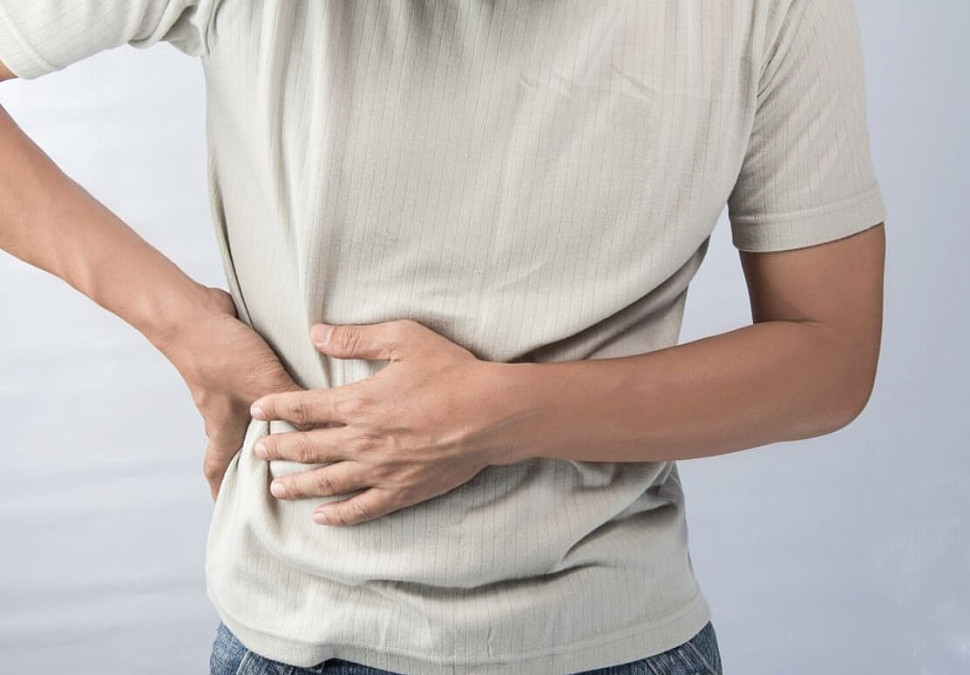Acute Cholecystitis: Causes and Symptoms

Acute cholecystitis: causes and symptoms
Acute cholecystitis is an extremely common disorder characterized by a buildup of acute inflammation in the wall of the gallbladder. Such pathological process is accompanied by pronounced local manifestations, supplemented by general intoxication of the body. In this disorder, the specific clinical picture occurs only once. In the event that it recurs, talk about the chronic form. If there are no complications, the prognosis is good, and the person recovers completely. However, sometimes it causes a suppurative inflammatory process followed by gallbladder perforation or even sepsis.
Acute cholecystitis is the second most common surgical disorder. It is most commonly diagnosed only as acute inflammation of the appendix of worms. However, in the past few years, many more cases have been detected. Interestingly, females are more than twice as likely to experience the disease. Peak incidence occurs after age 50. This disorder is very rarely tolerated by children.
A wide variety of factors can cause acute cholecystitis. Gallbladder calculi account for about ninety per cent of the inflammatory response. Hard stones can damage the wall of the organ and block the bile duct, blocking the flow of bile. Stagnant bile provides a fertile environment for pathogens to reproduce actively.
Staphylococcal and streptococcal flora, Escherichia coli, Klebsiella, proteas, and many other organisms are responsible for this pathology. Most commonly, they enter the gallbladder region via a hematogenous or lymphogenic pathway. Somewhat less common is the ascending path of infection, in which bacteria ascend the common bile duct.
Separately it is worth to say about the stone-free form of this disease. It is also caused by bile stasis and subsequent infection, but no stones are found in the gallbladder. Bile flow disorder may be related to bile duct dysfunction, vascular disorders, bile duct anomalies, tumors, parasitic infestations, and so on.
In sum, the main predisposing factors for acute cholecystitis are: poor diet and overweight, previous bile-breeding surgery, endocrine and vascular disorders in the body of the chronic infection, decreased level of immune protection and much more.
Acute cholecystitis is divided into several forms, which are distinguished based on the pattern of the accompanying inflammatory reaction. They include: catarrhal, phlegmonous, gangrenous and phlegmonous-ulcerative forms. The catarrhal form is characterized by superficial inflammation. In the phlegmonic form, all layers of the gallbladder wall become inflamed. The gangrenous form is established when inflammation is accompanied by patches of necrosis. In the cellulitis-ulcerative form, ulcerative defects develop in addition to the purulent inflammatory reaction.
Symptoms characteristic of acute cholecystitis
The leading symptom in this pathological process is pain. It is acute and occurs mainly in the right subcostal region. Often, a sick person identifies pain as having spread to the back or neck. There is usually a clear correlation between consumption of fatty foods or alcohol and significantly worsening pain.
Symptoms may accompany the clinical picture in the vast majority of cases, such as bouts of severe nausea, up to and including vomiting, general weakness and malaise, and fever to low-grade. Intoxication is more pronounced if there is a purulent inflammatory process. In some situations, people also notice jaundice that is caused by a blockage of the bile duct.
Most often, when inflammation is superficial, the associated symptoms subside within a week. A purulent inflammatory reaction is much more severe and often leads to various complications. In the most adverse scenario, the gallbladder wall may perforate, rupturing pus into the abdomen and causing peritonitis.

Diagnosis and treatment of the disease
Generally, diagnosis of the disease is not difficult. Patients may be suspected based on concomitant symptoms and signs. However, confirmation of the diagnosis must always be by ultrasonography or computed tomography. Endoscopic retrograde cholangiopancreatography is sometimes added to the examination plan. The complete blood count will show signs of an inflammatory reaction.
For acalculous cholecystitis and in the absence of complications can be done only conservative measures. Antimicrobial are given to the sick person in combination with antispasmodic and detoxification measures. If a bile duct blockage is detected, the stone must be removed initially. Surgery is also done for destructive forms of the disease.
Prevention of Acute Cholecystitis
The principles of prevention are reduced to proper and balanced nutrition, weight control, maintaining a high level of motor activity, as well as the rejection of alcohol.

